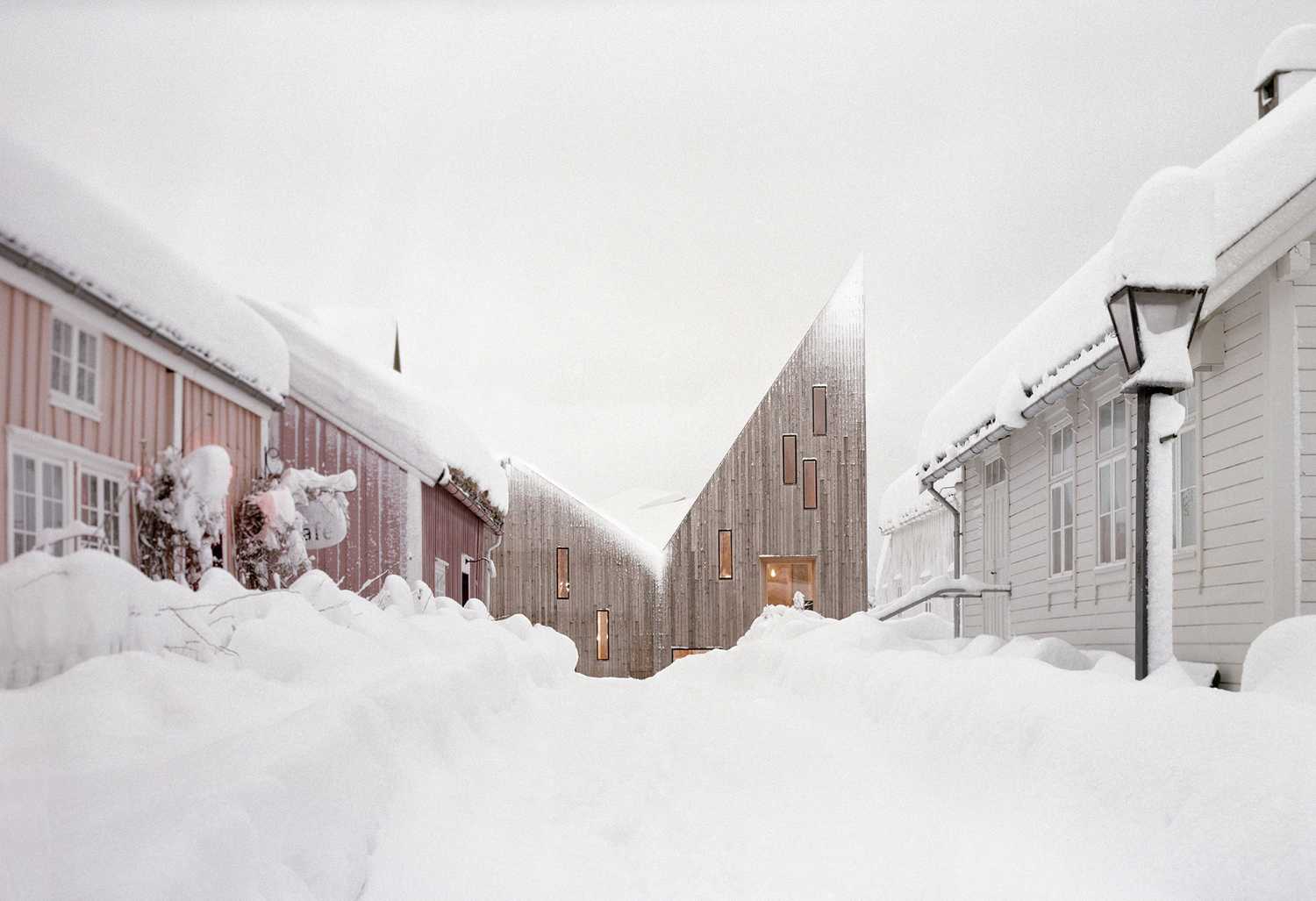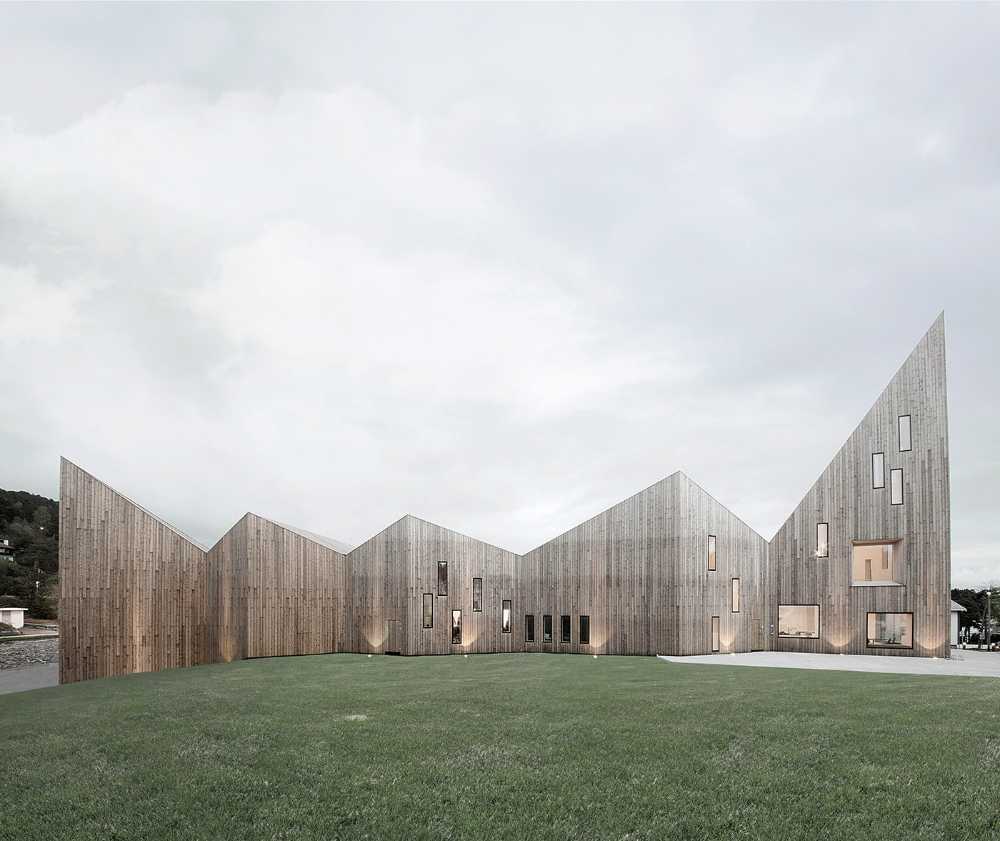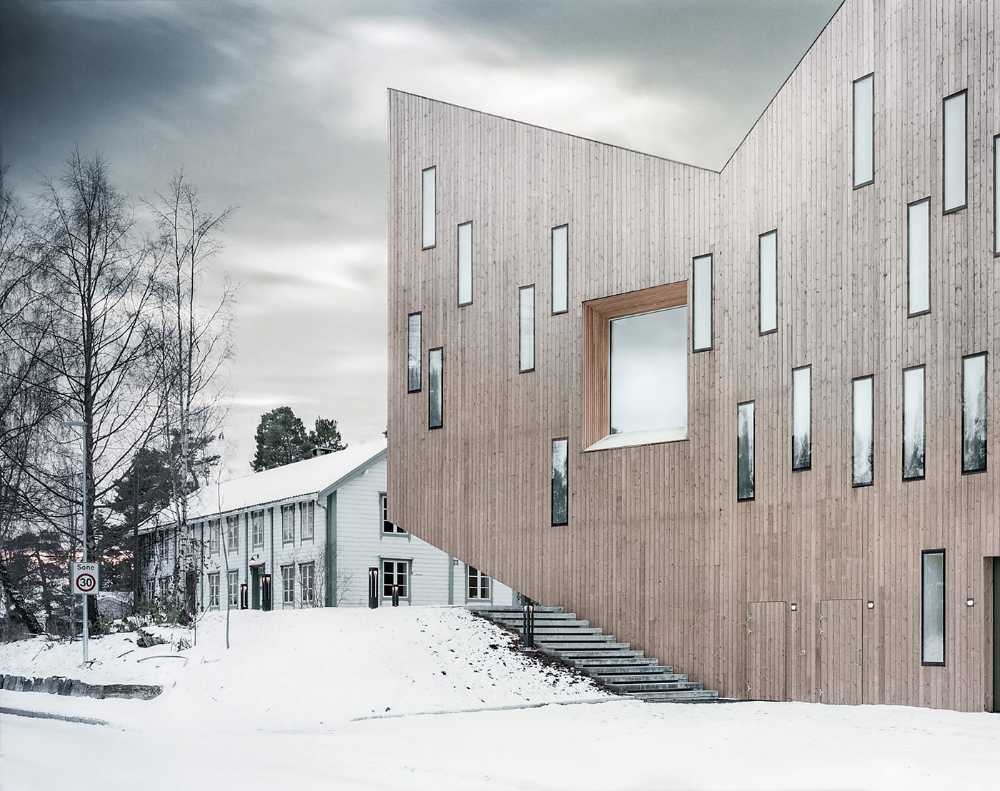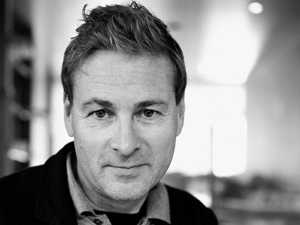The Romsdal Folk Museum is a valuable architectural attraction and landmark that embodies the history and identity of the entire region. The intention of Reiulf Ramstad Arkitekter's design was to let the structure itself signal its meaning and function through anarchic expression and the use of local materials: the museum's architecture conveys an open and progressive approach that makes diverse use possible


Romsdal Folk Museum. A strategic use of low-tech building solutions for a more sustainable future
The Romsdal Folk Museum is built using Norwegian wood technology and serves as a hub for cultural development in the Molde area of Norway. A living center for the exploration of the region's history, contemporary culture, and future
- #Europe
- #Norway
- #Architectures
- #New construction
- #Culture and Services
- #Museum
- #Wood
- #Architecture

The museum's design approach is rooted in rationality and sustainability. The geometry is seemingly simple, the use of characteristic angular shapes are limited to the roof and exterior wall, while the circulation and internal organization is clear and flexible. Public areas are clearly separated from the administrative wing, which is located on both the ground and second floors. The exhibition halls, auditorium and library are all located on the ground floor to increase flexibility and user experience

Pine is the main building material of the museum. The exterior walls and roof are solid wood in combination with steel beams when necessary. The ground involved the use of concrete, however, its use was reduced to the construction of the foundation. The exterior walls and ceilings are clad in natural oil-treated pine panels

Gallery
Photo credits
Top image: Erik Hattrem
Content Images: 1 Søren Harder Nielsen - 2, 3 Erik Hattrem
Gallery images: da 1 a 3 Erik Hattrem - 4 Reiulf Ramstad Arkitekter - da 5 a 7 Søren Harder Nielsen
Drawings: Reiulf Ramstad Arkitekter










